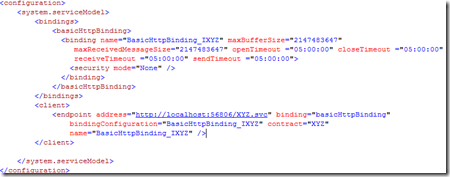ASP.Net MVC 2 RTM Released
March 13, 2010 Leave a comment
ASP.Net MVC 2 RTM has finally released and available on MSDN for download here
Brief on ASP.Net MVC 2 RTM
ASP.NET MVC 2 is a framework for developing highly testable and maintainable Web applications by leveraging the Model-View-Controller (MVC) pattern.
The framework encourages developers to maintain a clear separation of concerns among the responsibilities of the application – the UI logic using the view, user-input handling using the controller, and the domain logic using the model. ASP.NET MVC applications are easily testable using techniques such as test-driven development (TDD).
Comparison of ASP.Net MVC 2 RTM with ASP.Net MVC 1 RTM
ASP.Net MVC 2 RTM as compared to ASP.Net MVC 1 RTM has following additional features:
- Support for Areas: Area feature in ASP.Net MVC 2 would allow complex application to be divided into modules.
- Improved Security: JSONResult now supports only POST request by default.
- Improved functionality:
- Every property for model objects that use IDataErrorInfo to perform validation is validated, regardless of whether a new value was set
- The UrlParmater.Optional property can be used to work around problems when binding to a model that contains an ID property when the property is absent in a form post
- Templated Helpers: Feature from ASP.Net Dynamic Data Website in MVC for views.
- New Validators
- Support for binding binary data
- Support for Asynchronous Controller Calls
- and many more…….
I would be posting few more elaborate blog post on ASP.Net MVC 2 RTM in near future, keep watching…



